Defence accuses Crown of compromising Sudbury murder trial as deliberations begin
As the jury began deliberating Tuesday on the fate of Robert Steven Wright, several restrictions on what can be reported about the case have been lifted.
Wright, 43, is charged with second-degree murder in the stabbing death of Renee Sweeney on Jan. 27, 1998, while she worked at an Adults Only Video store in a Paris Street strip mall.
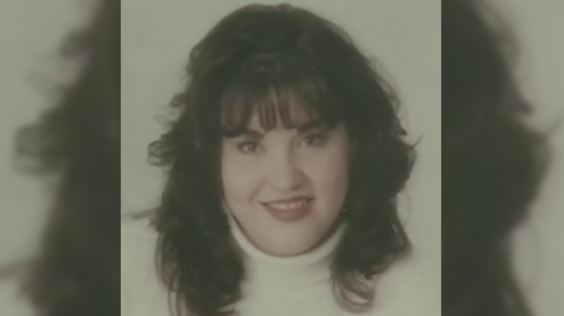 Renee Sweeney, murdered in 1998
Renee Sweeney, murdered in 1998
After a gruelling, five-week trial that included a COVID-19 outbreak, the case now rests in the hands of the seven women and five men on the jury.
With the jury sequestered until it reaches a decision, some information that was previously covered by a publication ban can now be reported.
Here are a few of the items that were discussed during the trial when the jury was not present.
MISTRIAL COULD HAVE BEEN DECLARED
On March 6, the trial came to a screeching halt when someone connected to the Sweeney family arrived at the Sudbury Courthouse with a decal on their vehicle.
The decal read, 'Guilty AF,' and the vehicle was parked in the area where the jury entered the courtroom each morning.
Defence attorney Michael Lacy argued that it was an attempt to purposely communicate with and influence the jury – and arguably could be grounds for a mistrial.
Justice Robbie Gordon said, intentional or not, "the effect was the same" and several jurors could have seen the sign.
Assistant Crown attorney Kevin Ludgate said he checked the surveillance camera video and noted that three or four of the jurors likely saw the decal.
So the trial was delayed as Gordon came up with a series of questions to ask each juror to determine what they had seen, how they interpreted it and what effect it had on their impartiality.
After that process, it emerged one juror said they had read the decal, but she said it didn’t influence her one way or another.
Gordon ruled that while the decal was "inappropriate," it didn’t prevent Wright from getting a fair trial.
"Frankly, it’s not much," Gordon said.
While it’s no surprise that Sweeney’s family wants a conviction, the judge said the right to a fair trial is paramount.
"Beware," Gordon told the courtroom. "This will not be tolerated."
MANSLAUGHTER OPTION REJECTED
The defence asked the judge to allow the jury the option of considering manslaughter as one of the charges when they were ready to begin deliberations.
But Crown prosecutor Rob Parsons argued that the facts of the case make it hard to justify a manslaughter charge.
Manslaughter implies the perpetrator didn’t intend to kill the victim, even if they meant to harm them.
In this case, Sweeney was attacked in at least three areas of the video store, with a total of 27 stab wounds, in an unprovoked assault.
Gordon agreed with Parsons saying it’s tough to imagine a scenario where Sweeney’s murder could be defined as manslaughter.
So the jury is only deliberating on whether to convict or acquit on charges of second-degree murder.
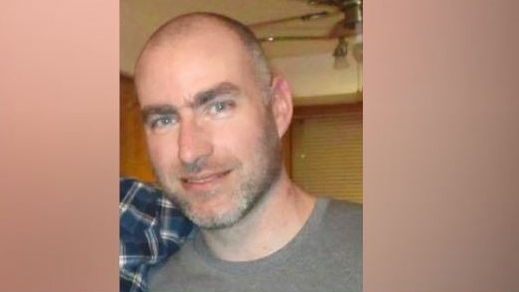 Robert Steven Wright, 43, is on trial for second-degree murder in the 1998 death of Renee Sweeney. He took the stand Monday afternoon to testify in his own defence. (File)
Robert Steven Wright, 43, is on trial for second-degree murder in the 1998 death of Renee Sweeney. He took the stand Monday afternoon to testify in his own defence. (File)
FIERY DEBATE AWAY FROM THE JURY
The most vitriolic discussions that took place away from the jury had to do with Parsons' closing arguments to the jury.
The defence made its pitch first Monday morning, followed by Parsons in the afternoon.
Lacy objected to several of the Crown’s statements to jurors.
- Download our app to get local alerts on your device
- Get the latest local updates right to your inbox
First, he took issue with the way the Crown characterized evidence from DNA expert Renata Dziak. During his cross-examination, Parsons asked Dziak whether Wright’s DNA could have gotten on Sweeney’s fingernails when he checked her pulse.
Yes, she responded, "that can explain the results I’m seeing."
But in his closing arguments, Parsons said the defence failed to raise that possibility with Dziak – implying if they had, "I think you know what Ms. Dziak would testify about."
"The Crown mischaracterized Ms. Dziak’s evidence, and in particular, the critical evidence of her opinion about the first aid hypothetical," Lacy said in written arguments to Gordon obtained by CTV News.
Parsons made it appear to the jury "that the failure of the defence to put the hypothetical to Ms. Dziak should be a reason to discredit and disbelieve Mr. Wright."
Not only was that misleading, since the Crown had already asked that question, the defence argued it put Wright in the position of having to prove his innocence.
In fact, the onus is on the Crown to prove guilt. Gordon agreed to address the issue in his instructions to the jury.
FOOTPRINTS IN THE BATHROOM
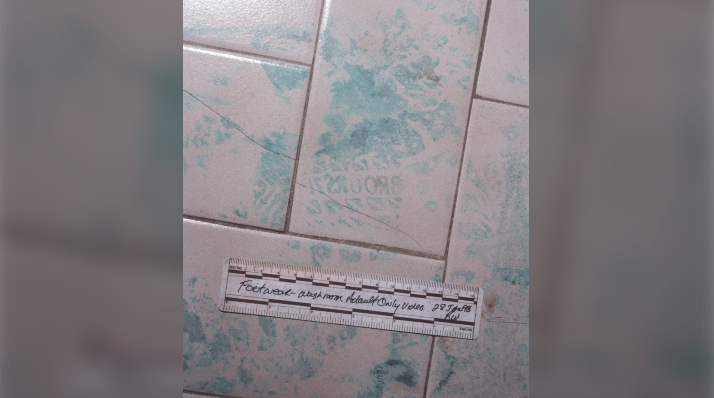 Brooks shoe prints found in bathroom of Adults Only Video after Renee Sweeney was murdered in Sudbury Jan. 27, 1998. (Supplied)
Brooks shoe prints found in bathroom of Adults Only Video after Renee Sweeney was murdered in Sudbury Jan. 27, 1998. (Supplied)
The issue of who was in the bathroom washing up at the video store after the murder was a major issue during the trial.
In particular, there was the image of a Brooks brand running shoe that emerged when the area was treated by a special chemical that reacts with blood.
Sgt. Jeff Myatt, an Ontario Provincial Police (OPP) fingerprint and shoeprint expert, testified that identifying shoe impressions is a highly specialized skill that a layperson would not be able to do reliably.
However, during closing arguments, Parsons told jurors that a footprint impression taken from Nepahwin Avenue -- and believed to belong to Wright -- was similar to prints found in the video store bathroom.
It was the first time that was suggested to the jury -- and drew the ire of the defence.
"The evidence of Insp. Myatt left no proper foundation for the Crown to invite the jury to attempt to compare the impressions and come to the conclusion that the impressions were from the same footwear," Lacy said.
"In light of the fact this issue was clearly flagged, regrettably the only reasonable inference is that the Crown decided to go down this path without raising the issue with the court as they ought to have done and were willing to take their chances as to whether the court would do anything to correct the impropriety."
DID WRIGHT TELL ANYONE WHAT HAPPENED?
Parsons told jurors that Wright remained silent for 25 years and didn’t tell anyone what happened until he was arrested.
That’s significant because if Wright had told the same story to other people over the years, it’s less likely he just made it up when he was arrested to cover up the crime – something known as "recent fabrication" in legal terms.
In fact, Wright only testified he didn’t tell his parents or siblings, Lacy said, not that he had never told anyone.
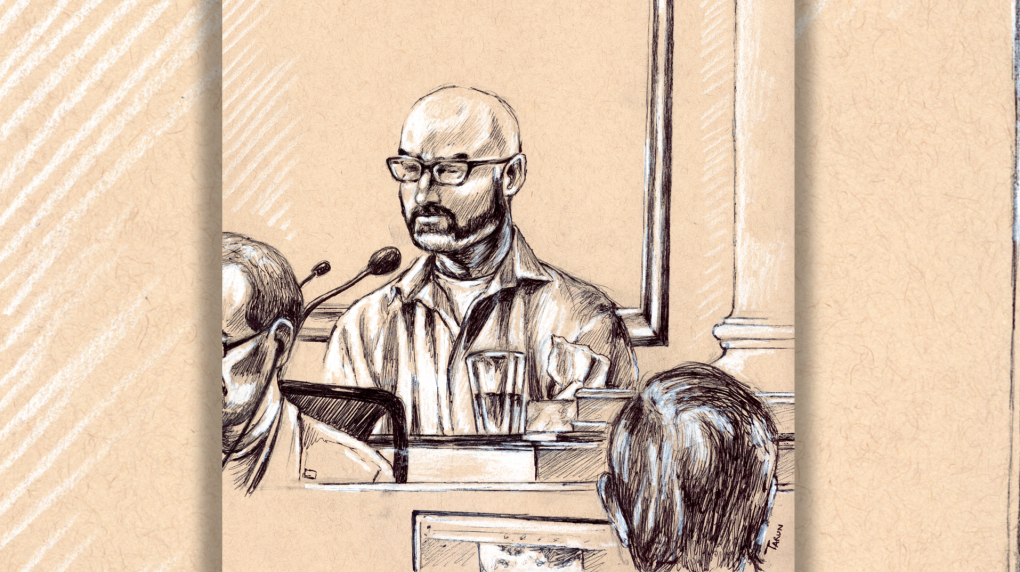 Sketch of Robert Steven Wright on witness stand as he is cross-examined by the Crown attorney during his murder trial in a Sudbury courtroom March 14. Wright's second-degree murder trial was delayed again Monday due to COVID-19. (Sudbury artist Tarun Godara)
Sketch of Robert Steven Wright on witness stand as he is cross-examined by the Crown attorney during his murder trial in a Sudbury courtroom March 14. Wright's second-degree murder trial was delayed again Monday due to COVID-19. (Sudbury artist Tarun Godara)
And the Crown had been notified that if it was going to focus on whether Wright ever told anyone what happened, "the defence might seek to adduce evidence to rebut any allegation of recent fabrication."
If they wanted to know whether Wright had told anyone about what happened, Lacy said they could have just asked him when he testified.
Instead, the Crown only asked whether Wright told his parents or talked about it with his siblings.
'VIRTUAL MEDICAL IMPOSSIBILITY'
One of the major arguments Parsons put to the jury in his closing statements was that Sweeney was still alive when a young couple walked into the video store and discovered Wright crouched next to her body.
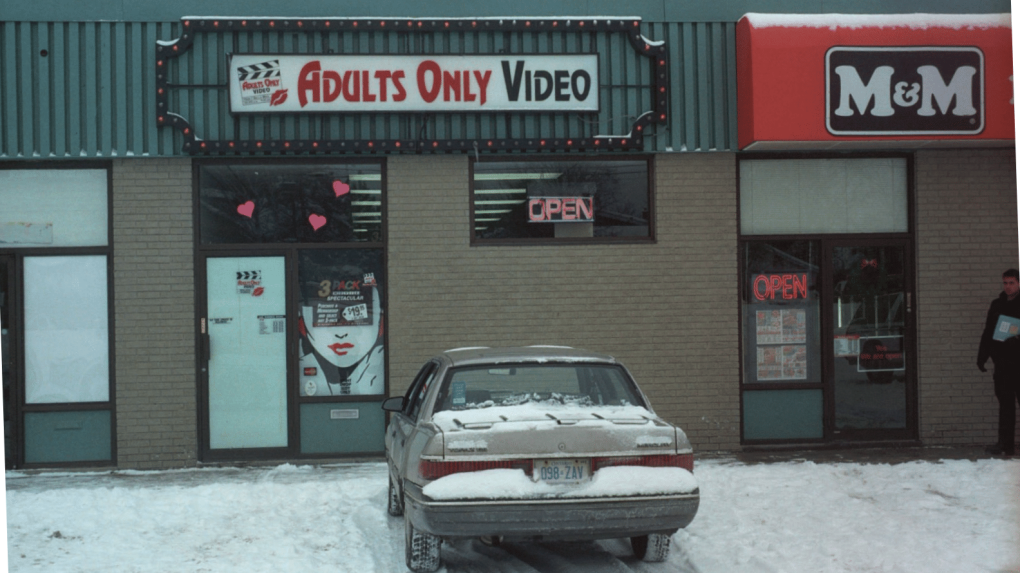 A forensic biologist with the Centre of Forensic Sciences testified Friday that physical contact is the most likely way that Robert Steven Wright’s DNA was found on Renee Sweeney’s fingernails. Sweeney was murdered while working at Adults Only Video on Paris Street in Sudbury on Jan. 27, 1998. (Supplied)
A forensic biologist with the Centre of Forensic Sciences testified Friday that physical contact is the most likely way that Robert Steven Wright’s DNA was found on Renee Sweeney’s fingernails. Sweeney was murdered while working at Adults Only Video on Paris Street in Sudbury on Jan. 27, 1998. (Supplied)
The male said that when he walked in, he saw Sweeney move her head to the right. That proves, Parsons said, that she was still alive.
 Inside the Adults Only Video store on Paris Street in Sudbury where Renee Sweeney was murdered Jan. 27, 1998. (Supplied)
Inside the Adults Only Video store on Paris Street in Sudbury where Renee Sweeney was murdered Jan. 27, 1998. (Supplied)
In earlier testimony, pathologist Dr. Kelly Uren said with the wounds she received, Sweeney would have lost so much blood so quickly that she would be dead within a minute or two – five minutes at the most.
Uren also testified that Sweeney’s neck muscles were severed, making it next to impossible for her to move her head to the right.
"It would be extremely difficult if not impossible," he said.
Despite being nearly impossible, Lacy said the Crown was relying on the remote possibility Sweeney could still move her head to make their case.
"The Crown attempted to use the evidence of (the male witness) seeing Renee Sweeney move her head as the lynchpin of their argument that Robert Steven Wright was not telling them the truth," Lacy said.
And linking that argument to Uren’s testimony that Sweeney could only live for a maximum of five minutes after the attack left the jury with the impression that Sweeney was alive when the couple walked in and had been attacked only minutes prior.
That "could have had the effect of misleading and confusing the jury," Lacy wrote.
Jurors began deliberations Tuesday afternoon after Parsons addressed some of the concerns raised by the defence in his charge to the jury.
They will deliberate from 9 a.m. to 9 p.m. each day until they have a decision.
Wright has been in jail since his arrest in December 2018.
A second-degree murder conviction in Canada comes with an automatic life in prison sentence, with parole eligibility between 10 to 25 years as decided by a judge.
CTVNewsNorthernOntario.ca has been inside the courtroom for the entire trial, will continue to provide the latest details from court, check back for updates.
Find previous coverage here.
Background
The brutal stabbing death of 23-year-old Renee Sweeney rocked the City of Sudbury to its core on Jan. 27, 1998.
Police searched for her killer for two decades and finally charged Robert Steven Wright, who was 18 years old at the time of the murder. He has been held in jail since his arrest in Dec. 2018.
After several delays, the trial began Feb. 21, 2023, just after the 25th anniversary of Sweeney's death.
CTV News Digital content producer Darren MacDonald is bringing the latest from the courtroom every day and will have full coverage of the trial here.
CTVNews.ca Top Stories

Budget 2024 'likely to be the worst' in decades, former BoC governor says
Without having seen it, former Bank of Canada governor David Dodge believes that Tuesday's 2024 federal budget from Deputy Prime Minister and Finance Minister Chrystia Freeland is 'likely to be the worst budget' in decades.
What's at stake for Canada after Iran's unprecedented attack on Israel
Following the Iranian missile and drone strikes against Israel over the weekend, Canada should take the threat of Iran and potential escalation of the conflict seriously, one global affairs analyst says.
Former B.C. school trustee's 'strip-tease artist' remark was defamatory, judge rules
A controversial former school trustee from B.C.'s Fraser Valley who described a political rival as a "strip-tease artist" during an election campaign has been ordered to pay her $45,000 for defamation.
'A sense of urgency': Sask. man accused of abducting daughter calls himself to the stand during trial
Michael Gordon Jackson, the man on trial after being charged with contravention of a custody order for allegedly abducting his daughter in late 2021 to prevent her from getting a COVID-19 vaccine, called himself to the stand Monday.
Kingston, Ont.'s Aaliyah Edwards drafted into WNBA
After four years at the University of Connecticut, Edwards was selected sixth overall by the Washington Mystics in the WNBA draft Monday night.
NASA confirms mystery object that crashed through roof of Florida home came from space station
NASA confirmed Monday that a mystery object that crashed through the roof of a Florida home last month was a chunk of space junk from equipment discarded at the International Space Station.
A knife attack in Australia against a bishop and a priest is being treated as terrorism, police say
Horrified worshippers watched online and in person as a bishop was stabbed at the altar during a church service in Sydney on Sunday evening.
Body of 14-year-old boy pulled from Lake Ontario, police say he drowned while swimming
The body of a 14-year-old boy has been pulled from Lake Ontario after police say he drowned while swimming near Ashbridges Bay Park on Sunday night.
'Rust' armourer gets 18 months in prison for fatal shooting by Alec Baldwin on set
A movie weapons supervisor was sentenced to 18 months in prison in the fatal shooting of a cinematographer by Alec Baldwin on the set of 'Rust.'
































